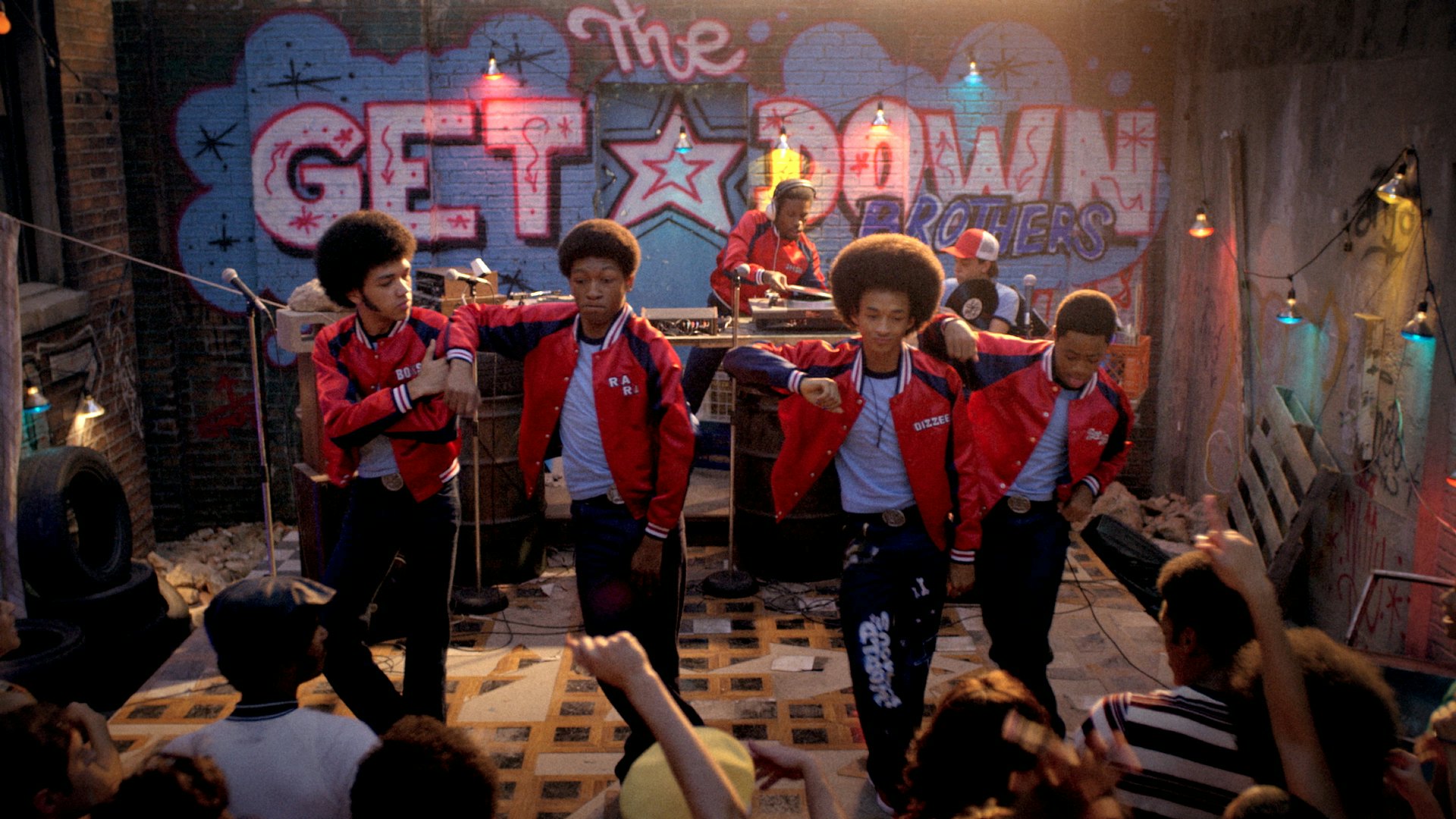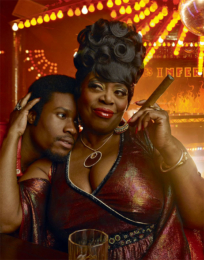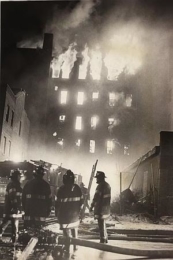From the fires of the crumbling South Bronx of New York in the 1970s arose an unprecedented musical and social movement that we know today as hip-hop.

In 2016 Baz Luhrmann, acclaimed director of extravagant movies such as Moulin Rouge, The Great Gatsby and Romeo + Juliet, released his rumoured $120 million Netflix exclusive series The Get Down. The 7-episode television show became an instant success as it followed the inception of one of the most influential groups in hip hop history: Grandmaster Flash and the Furious Five. The second season of the acclaimed series has been announced along with a teaser trailer and the official release date of April 7 on Netflix.
The history of the genre as well as the socio-cultural and political context of the 1970’s was meticulously studied by the creators of the show as they dedicated themselves to respectfully representing the composite origins of hip-hop.

Throughout the development process the team also worked closely with some of the masterminds behind hip-hop including Grandmaster Flash and DJ Kool Herc and Rahim. The creators of The Get Down, also specifically sought graffiti artists who were active during the 1970’s in the Bronx to create the graffiti that is featured on the sets.
In the spirit of the genre that has historically been characterised by the reinterpretation of already created music, they have also collaborated with contemporary artists such as Nas and Miguel.
The central characters each have their own relationships with the major elements of hip hop: MCing, DJing, b-boying (dance) and graffiti art. The series follows the group through their distress while attempting scratching for the first time, rejoice as they learn to combine their poetry with the rhythm of the beat and then bring their music to the burgeoning dance parties in the area. In the meantime, the character Dizzee (played by Jaden Smith), learns to covertly express himself through skilful graffiti.

The show is grounded in the socio-political context of the time and characters are embedded within a destructive and dangerous society. The South Bronx area of the 1970s consisted of a predominantly African-Americans and Hispanic population who suffered through an economic crisis, which caused high rates of unemployment and forced many to live on welfare for their survival.
Many people from the area felt hopeless, disenfranchised and rejected by greater society, causing a large increase in gang membership as individuals sought new places to belong. In order to sustain the gangs, drug dealing became prominent in the area which also instigated turf wars and violence. The series highlights the way the individuals must interact with this world, providing an understanding of the way these social issues easily become cyclical.
The Get Down series interlaces newly shot footage as well as archival footage from the time period in the Bronx, particularly using images showing the destruction in the area. One recurring element portrayed in the series is the fires as buildings were almost constantly being burnt down in order for landlords to claim insurance money on untenable housing.

The various mediums of hip-hop became an instant infusion of life in a space that had otherwise become unbearable. The Ghetto Brothers used lampposts to power their instruments and speakers, fuelling parties that breathed a new flavour and feeling into the community. Hip-hop parties provided a climate for people of any race to come together to dance, to enjoy each others company and life itself while also supporting local artists.
Every element of the developing genre functioned in some way as a protest. The genre transcended anything that had previously been created. Yet untouched by white power and appropriation, it was for the people, by the people of the South Bronx. Rapping provided young, black people with a medium to voice their emotions and their grievances with powerful institutions, particularly the law.

Graffiti is one of the most controversial elements of hip-hop (although it is argued that it isn’t technically part of hip-hop at all). Through graffiti, artists found an audience beyond the South Bronx for their messages. Artists were pursued by police as they illegally painted impressive murals on trains in their area that would later travel into the city. In the city, the graffiti and consequently South Bronx’s culture, was considered to be a hideous nuisance and was publicly condemned by city officials.
With as much historical accuracy as possible, The Get Down creates a picture of the inception of hip-hop and its battle for superiority in a time where disco music dominated popular music. The first season followed the characters developing their foundations in both the music scene as well as within the greater context of life in South Bronx. The second looks set to show the characters using these roots to mature and take their music and hip-hop beyond what anyone thought possible.
You can watch the trailer for the second season below and you can re-watch the first season on Netflix while you wait for the release of the second season on April 7.







